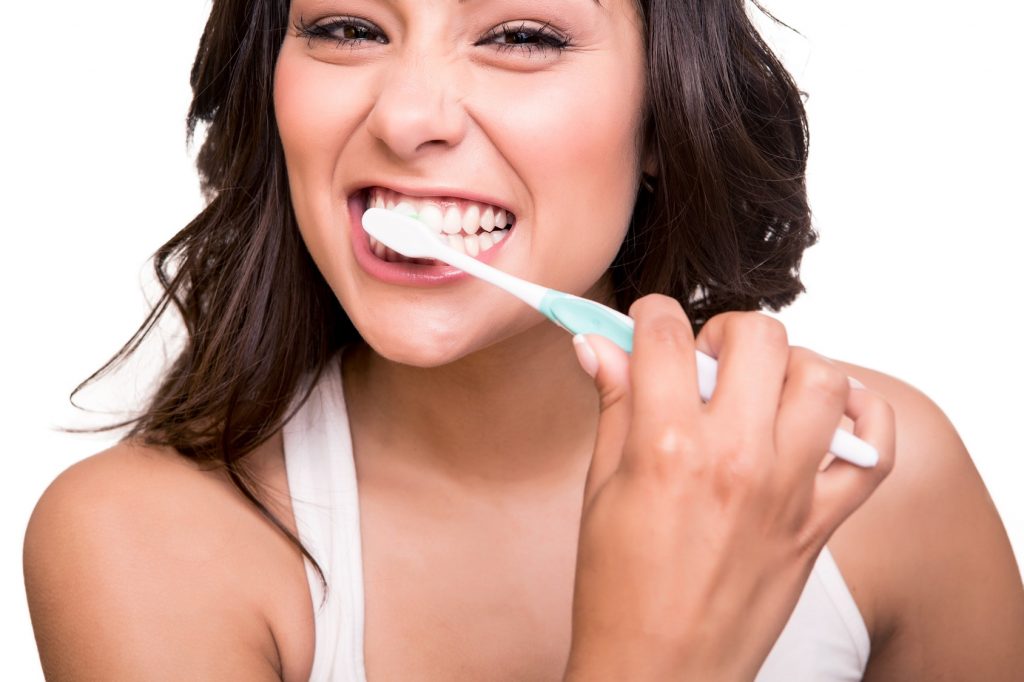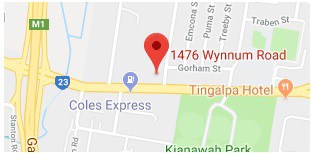Brushing your teeth seems like an easy task, and for the most part it is. Sometimes though, we need a refresher on the proper technique for ensuring our dental health. Following a few simple steps can mean the difference between a healthy batch of gnashers or mouth full of ticking timebombs that could cost you a fortune in dental bills.
Good oral hygiene begins the moment we’re born. Wiping down a baby’s gums with a damp cloth once a day before their teeth begin to erupt is a good way to start. One the teeth appear, purchase a small, baby specific toothbrush with very soft bristles and brush their teeth gently without toothpaste. If the water in your area is unfluoridated then a very small smear of toothpaste can be used. At 18 months you can begin to use a slightly larger smear of low-fluoride toothpaste. At this point it’s best to change the baby’s toothbrush every three months.
Once a child starts to get a little older they can begin to take more responsibility for their own teeth, but a parent should still assist with brushing up until around six years of age. Use a child specific toothbrush and a pea sized amount of toothpaste. Be sure to show your child the correct brushing method: small circular motions gently massaging the teeth and gums. Keep the toothbrush on a 45 degree angle towards the gum and brush the top and bottom sets of teeth separately. Start by brushing all the outside surfaces of the teeth, then move to the inside surfaces, and finish with the biting surfaces. Following this method should ensure none of the teeth are missed. Flossing can also be introduced in this period, from as early as two years old. To keep things fun you can try introducing your child to easy reach flossers.
Once our baby teeth have been replaced with the teeth that will get us through the rest of our lives, it’s important to keep them as healthy as possible, as we have no backups. The technique for brushing should have been developed by this age, and it remains the same into adulthood. Once a child has lost all their baby teeth they can start using an adult sized toothbrush with soft bristles. To help combat bad breath it’s a good idea to clean the tongue as well. This can be done simply with the toothbrush itself, or you can purchase a tongue scraper to do the job.
If you decide to use an electric toothbrush the proper technique for cleaning your teeth is modified slightly. As the head of an electric brush is smaller, allow it to massage each tooth individually, overlapping between the tooth and gum. Change the head as often as you would a normal brush; that is, every three months.
Keeping your teeth, gums, and indeed your entire mouth healthy is a simple task that should only take a few minutes of your time each day. Regular checkups are an essential part of a healthy dental hygiene plan, so make sure to set aside some time to catch up with your dentist. In the meantime, follow the simple steps above and be happy in the knowledge that you’re doing right by your mouth.














Comments